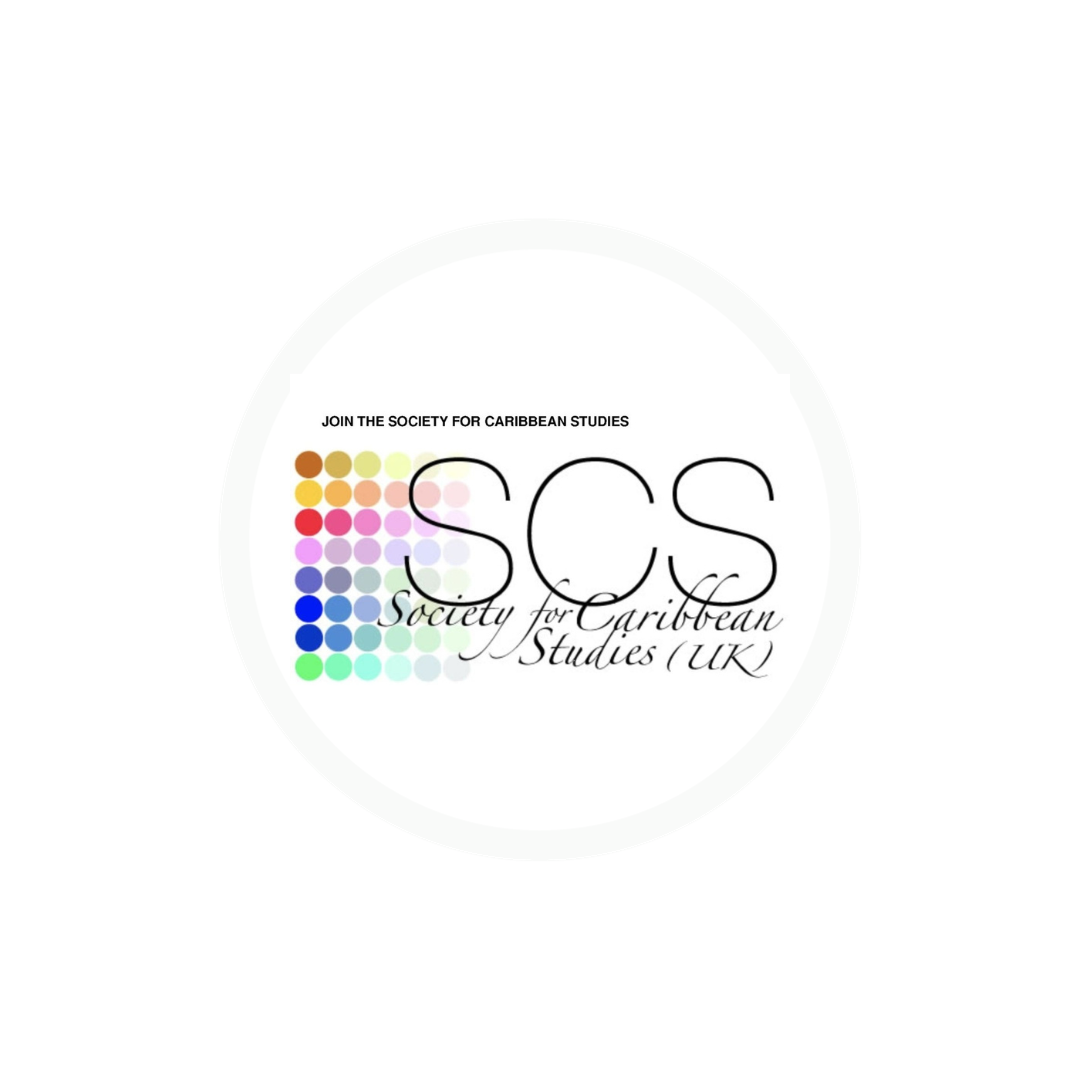Bridget Jones Award winner 2023: Stéphanie Melyon-Reinette, (Nèfta Poetry)
Performer, poet and choreographer, from Guadeloupe, Stéphanie Melyon-Reinette (Nèfta Poetry) studied dance in Guadeloupe at Bogat Dance Workshop, Deshauteurs Dance School and at the Centre for Dance and Choreographic Studies with Léna Blou. Her first approaches to choreography and scenography were initiated at Bogat Dance Workshop. She studied foreign languages and international trade, and American civilizations until receiving a doctorate in US Civilization with a thesis on the Haitian Diaspora of New York City. She lived in New York for three years, frequently returning to Guadeloupe to lecture at the University of the French West Indies in the Sport and Special Physical Education Department. Melyon-Reinette is committed to abolishing the borders between human sciences, sport, poetry, dance, music and performance. Through her research and field studies, she has immersed herself in black cultures, including traditional Haitian music, dance and jazz. She regularly publishes in scientific journals, collective works and participates in international conferences and symposiums.
Poetry is one of her earliest forms of expression. She published her first collection out of her ashen notebooks, Les Bleus de l’existence (The Bruises of Life, 2009) under her pseudonym Nèfta Poetry. This is how she has become known on the Poetry/slam scene, alongside musician and singer songwriter Gerald Toto (Melt In Motherland). She has published two other poem collections: Ombres (Shadows, Éditions Persée, 2011) and Mousmée–diary of an orchid woman” (2013, trilingual, self-published edition). Today her performative and scientific practices combine, converse, mingle, explore each other. Anamnesis-k, founded in 2016, following the 2015 Festival Cri de Femme, takes the path of maroonage, both in its operation and in its approach to corporeities. Considering the availability of places of experimentation offered by the Guadeloupean environment, the choice was made to dance in public spaces, with Kepone Dust developed on a beach. The preference is for natural sites, public space, wastelands and ruins, to make, make-live, make-emerge, make-happen, make-feel for a liberating aesthetic and restorative art that is part of a process of historical, cultural, memorial and ritual exploration. The black body must be reinvested with a memory through gesture, movement, reincarnation of the ontological experience, exploration of the continuum of the Black Atlantic by making matter of all the choreographic forms at its disposal (traditional, contemporary, jazz, performance) and all art practices whether visual, artisanal, or ecological (recycling).
https://www.we-are-pregnant-with-freedom.com/
